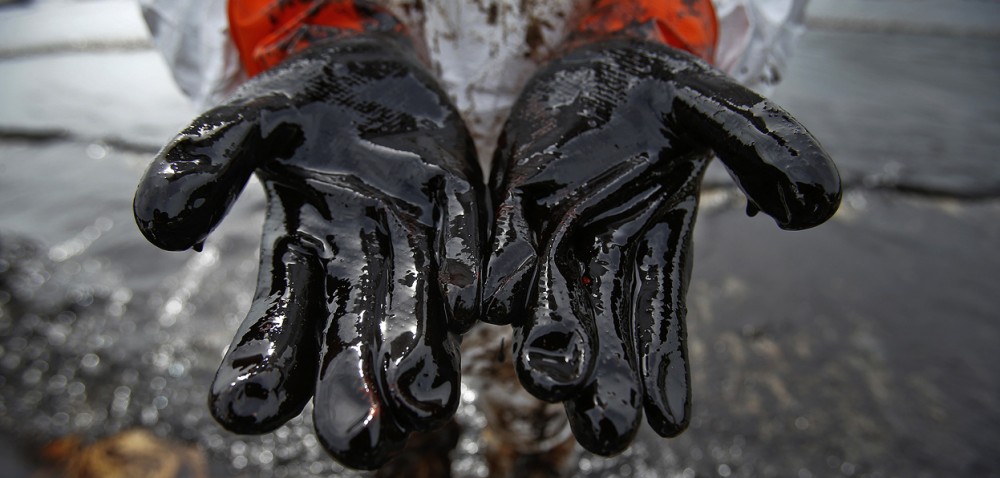The quarterly results from Exxon Mobil, Royal Dutch Shell and BP – three of the biggest names in oil – revealed some very worrying signs from the oil industry. All three companies are running at full throttle just to keep the petrol gauge still. Although oil is still being produced – Exxon produced 1.6 billion barrels of oil equivalent last year – the real test lies in finding new oil, though that is no easy task considering the global oil industry’s average discovery between 2002 and 2011 was about 65 million barrels of oil equivalent. So where does this leave Big Oil?
As the Wall Street Journal concisely explained, “Big Oil’s big dilemma is that every barrel pumped out of the ground has to be replaced with new reserves, unless companies want to shrink to nothing. If they want to increase production, they need to discover more than one barrel for every one pumped.”
Exxon’s stock dropped 2 percent after it published its quarterly results, which confirmed that the company expects to cut its share-buyback program again in the third quarter (Exxon had already slowed it in the previous one).
Shell also took a mighty hit: its stock plummeted more than 4 percent with its results. The shocking results appear to show that Shell has bitten off more than it can chew in its big foray into North American shale to build reserves – it had to take a $2.1 billion write down on these reserves, and considering oil is close to $110 a barrel presently, it looks like the company acquired some very inferior assets.
BP was another victim: its eagerness for growth led it to a very unsuccessful venture into Russia, where it has ended up owning almost 20 percent of state-owned, Russian oil giant Rosneft. As the WSJ analyses, “that is worth about $16 billion, equivalent to around 12% of BP’s own market capitalization: significant exposure with little control. Weak profits from its Rosneft stake, due in part to foreign-exchange moves, helped push down BP’s second-quarter underlying profit to 20% below the consensus forecast.”
Big Oil has made investors uneasy. It is a business of scale, but as oil reserves dwindle, and oil exploration falters, investors will start to look to smaller exploration-and-production companies. The oil industry is notoriously impossible to predict, but maybe, just maybe, Big Oil has had its heyday.
(Another good article about Big Oil and the future of the oil industry, courtesy of the Economist: http://www.economist.com/news/briefing/21582522-day-huge-integrated-international-oil-company-drawing)

